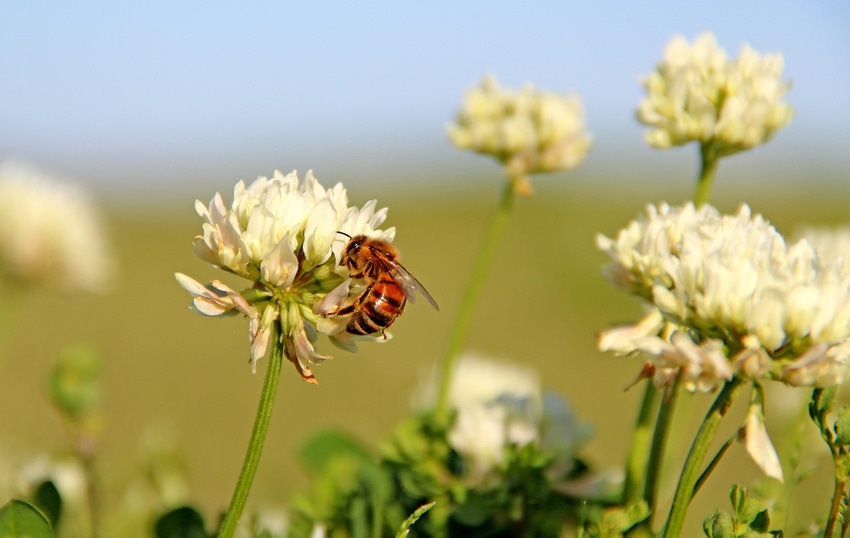
It was no surprise when agriculture listened, gathered information and developed plans of action to address recent concerns about honeybee colony collapse disorder and declining honeybee health.
Agriculture has long been keenly aware of the relationship between bees and crops. In fact, I recall seeing bee boxes in a cotton seed production field in Arizona back in the early 1990s. The bees were critical for the production of hybrid cotton seed, which enjoyed a modicum of success at the time.
Today science and agriculture are working together again for honey bee health. A good example is the Louisiana Pollinator Cooperative Conservation Program, which was created to prevent beekeepers and pollinators from exposure to pesticides. “Essentially, what we’re doing is representing both beekeepers and farmers at the same table,” LSU AgCenter entomologist Sebe Brown said. “Since they often have their operations in the same vicinity, we felt a need to have both groups sit down together.”
There’s been no shortage of creativity in making life better for bees either. Several Mississippi organizations are involved in the Mississippi Honey Bee Stewardship Program, an integral part of which is the yellow and black “Bee Aware” flag to indicate where hives are located.
One participant, Mississippi State University, says the flag will become synonymous with the presence of bees or other pollinators in an area, which will prompt additional precautions with any pesticide application or other practices that are considered risky around beehives.
MSU says it is receiving requests for the flag from beekeepers all around the country.
In Arkansas, where the honeybee is the official state insect, the Arkansas Pollinator Stewardship Program “seeks to minimize economic loss for both farmers and beekeepers by adequately managing row crop pests while minimizing impact of pesticides on honey bee colonies,” its website says.
The state is also using black and yellow flags to clearly identify where honeybees are located near crop areas. Tennessee is also in the process of developing a honey bee program.
Industry has answered the challenge as well. Monsanto hosted an industry conference on bee health last year. Bayer CropScience is building a 5,500-square-foot bee health center in North Carolina, and Syngenta has developed a “comprehensive action plan” for bee health.
Among best management practices being touted for bee health are better communication between beekeepers, farmers and aerial applicators regarding the timing of insecticide applications and consideration of wind direction when insecticide applications are made.
Honey bees pollinate everything from apples to zucchini and add $15 billion annually in increased yields for farmers. We’re taking the right approach to make sure honeybees and agriculture continue their unique relationship, with sound science, best practices and increased communication between beekeepers and farmers.
About the Author(s)
You May Also Like






